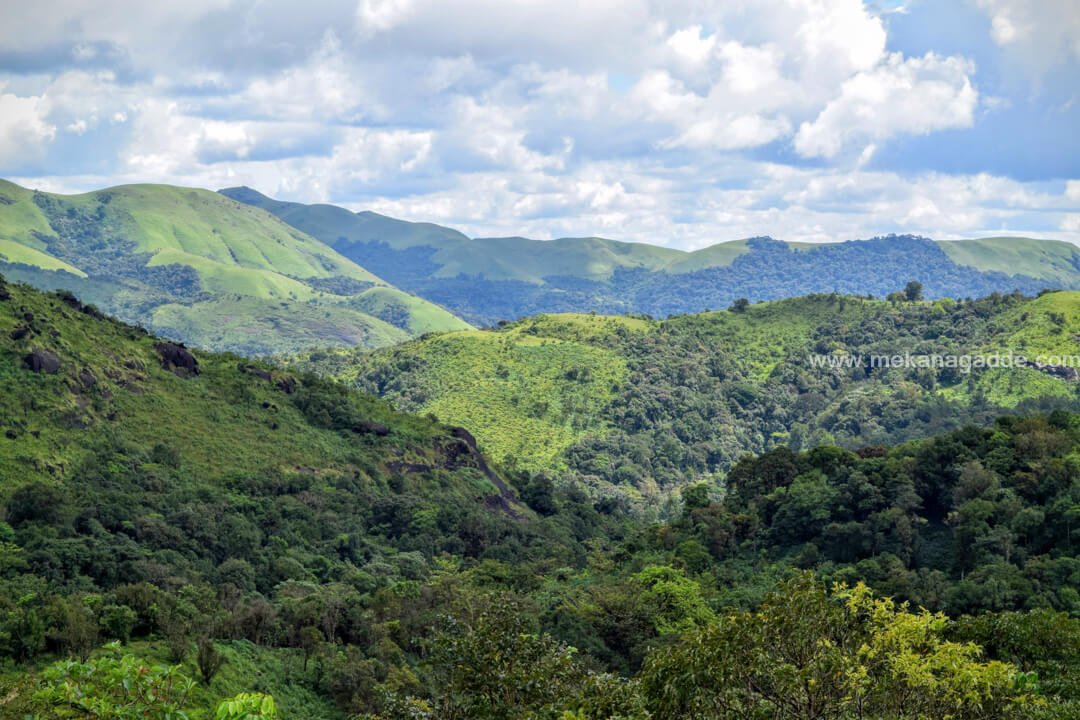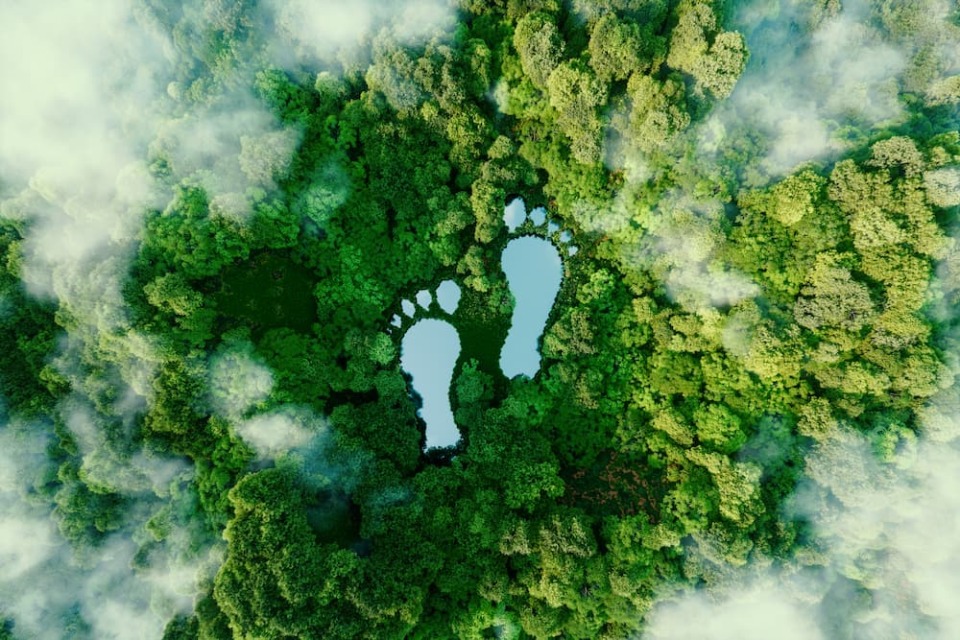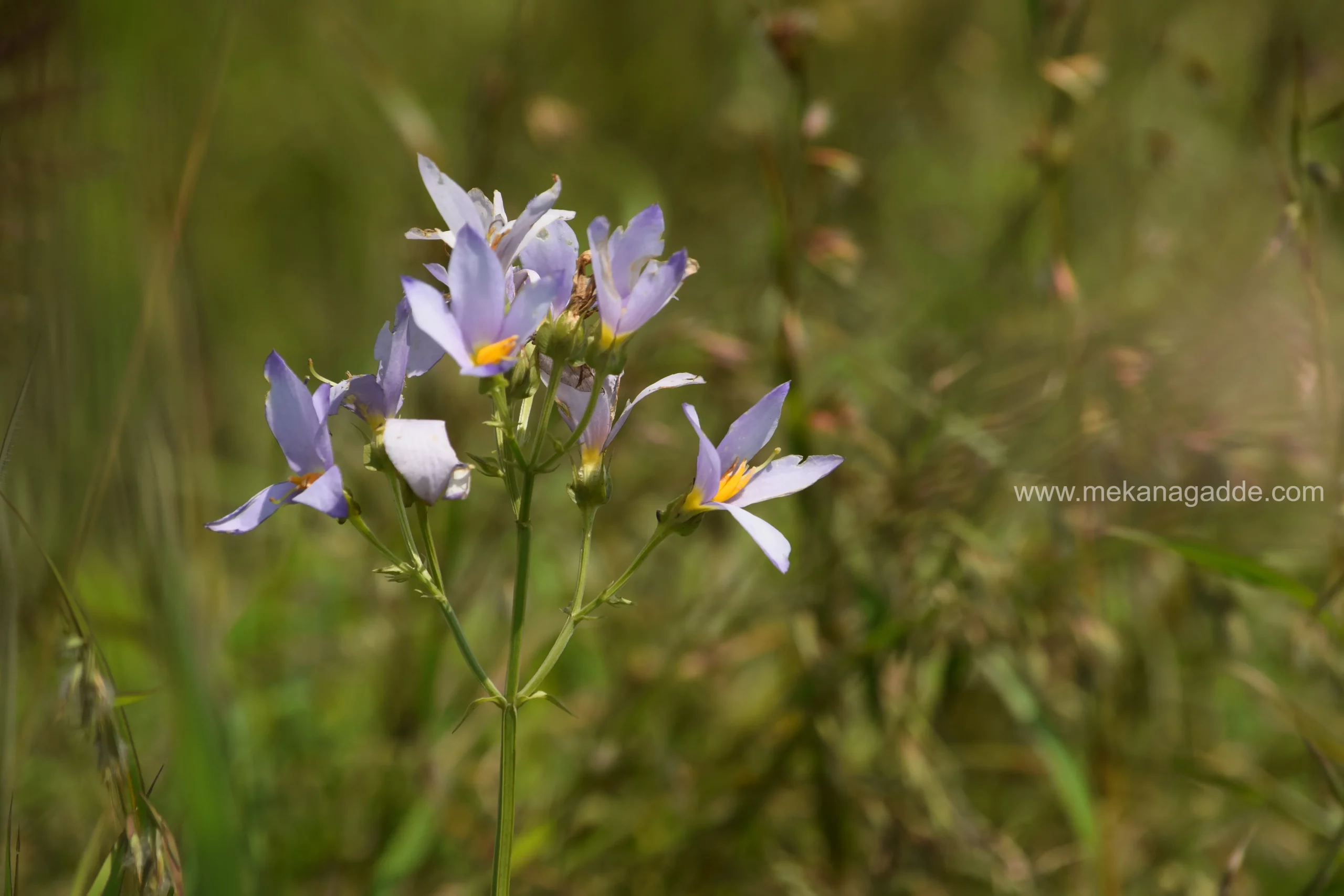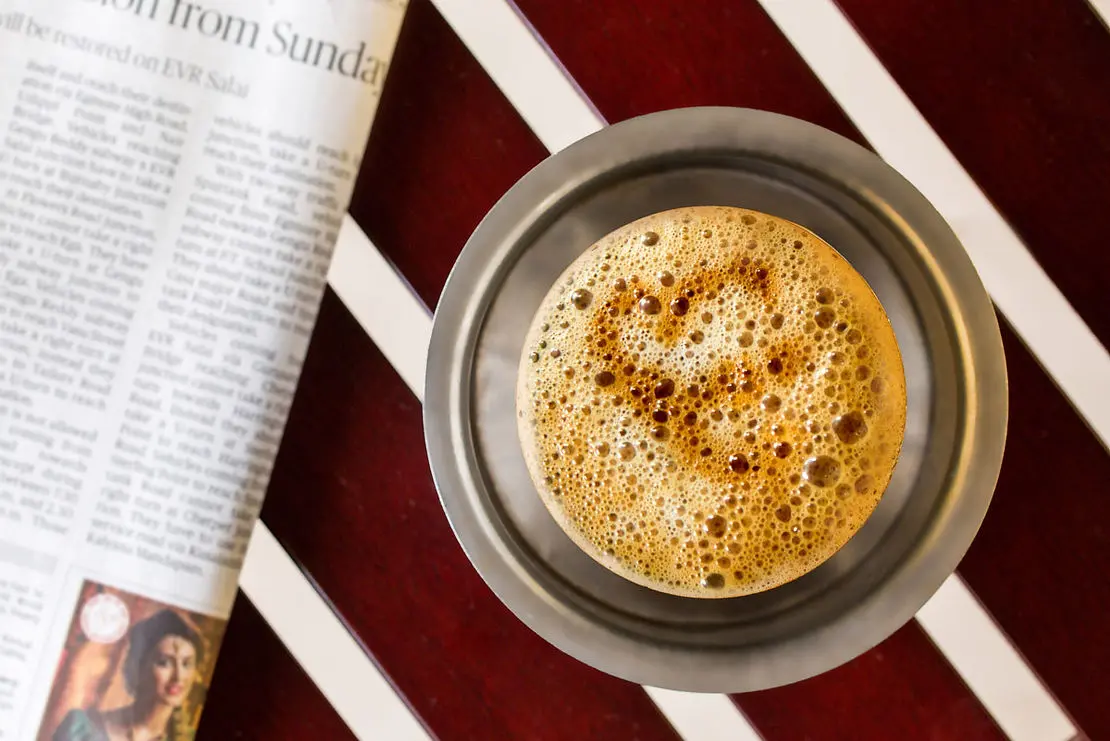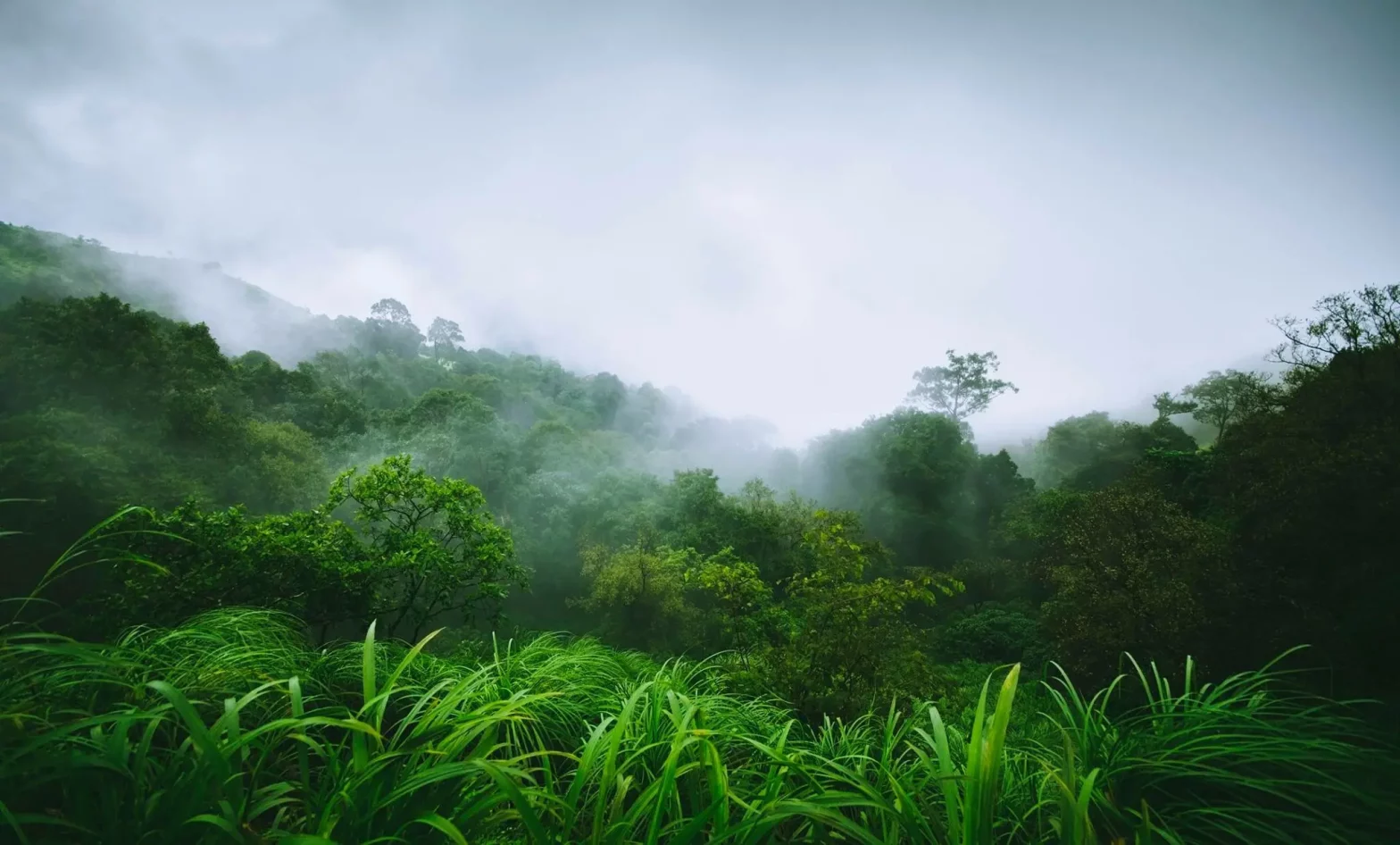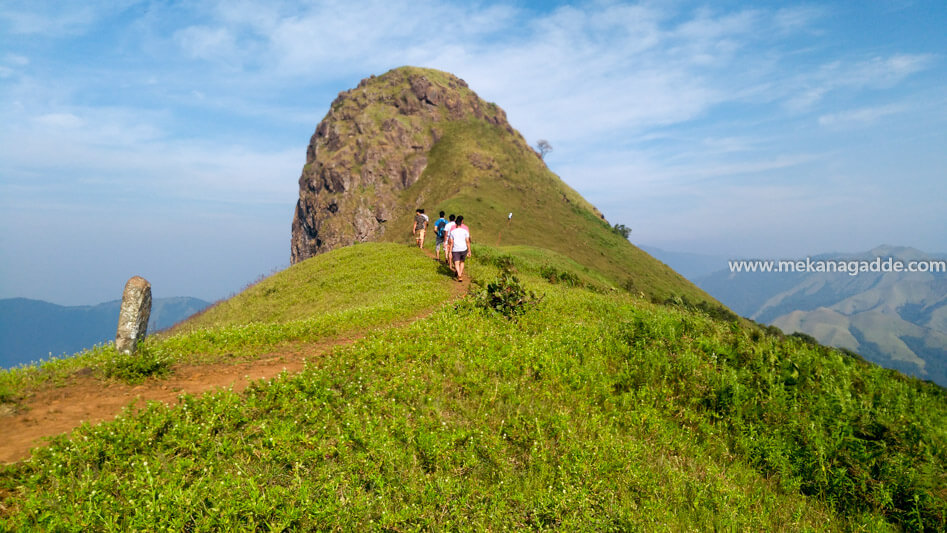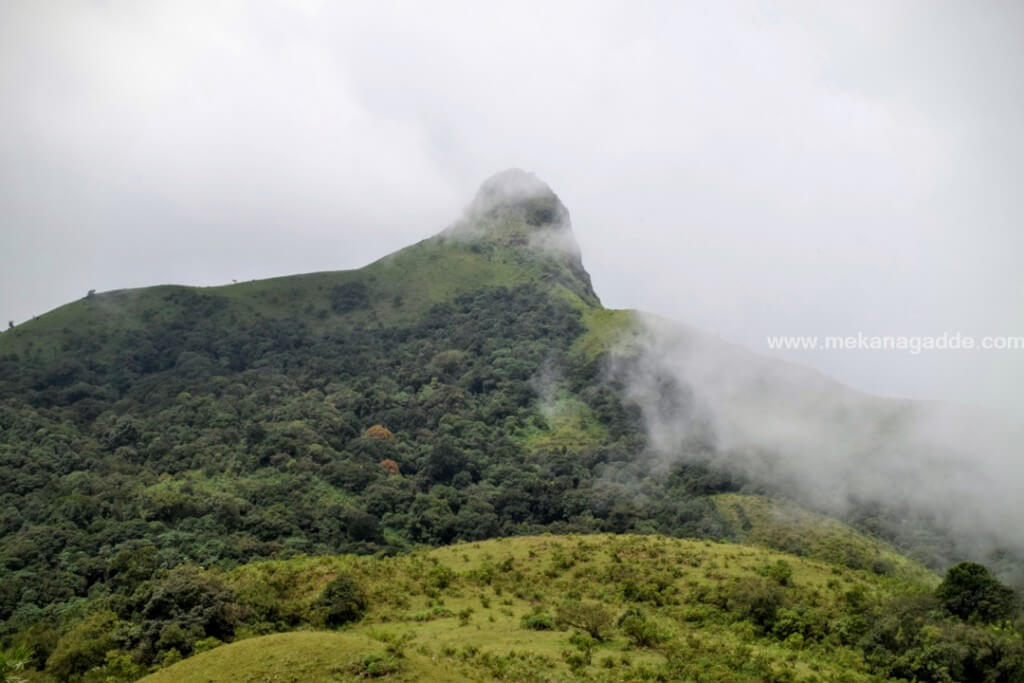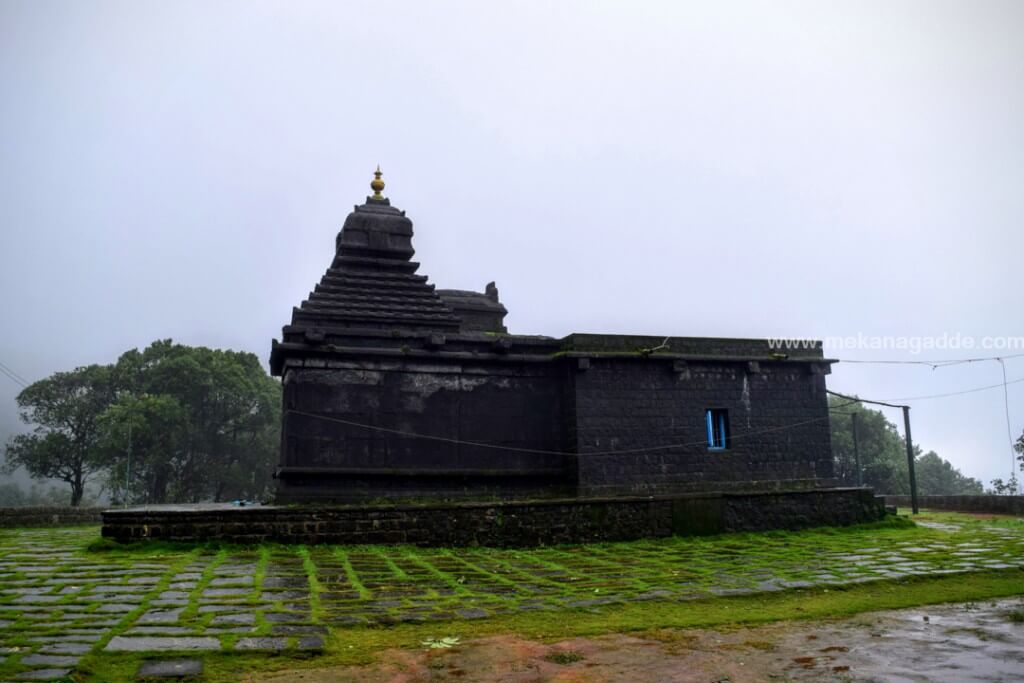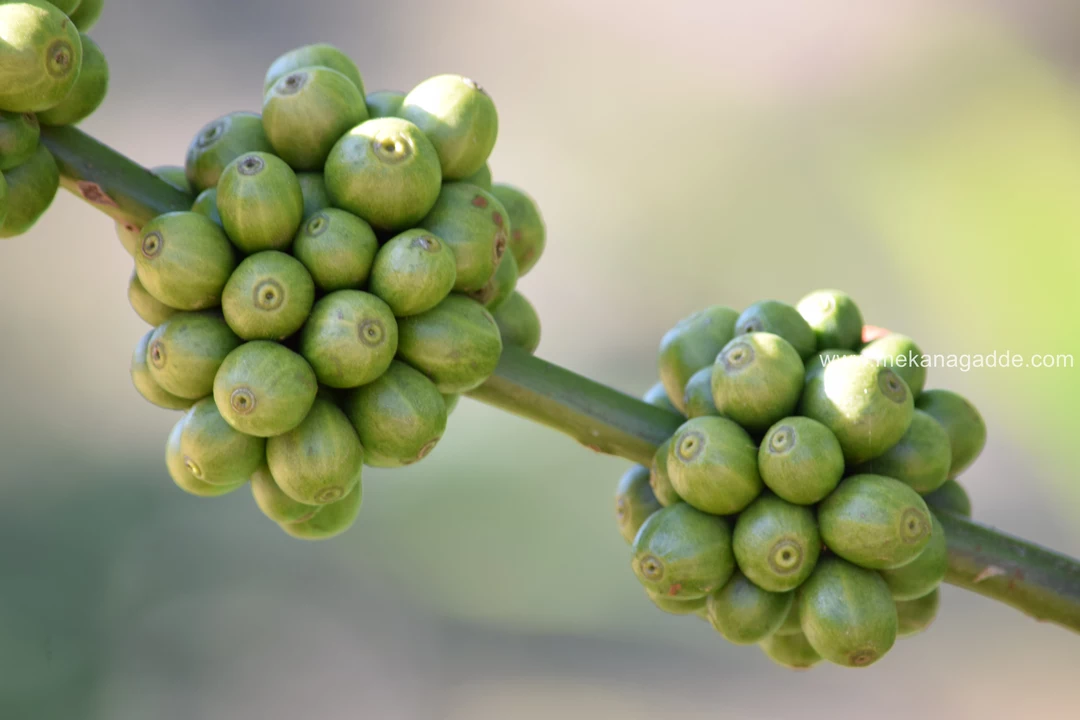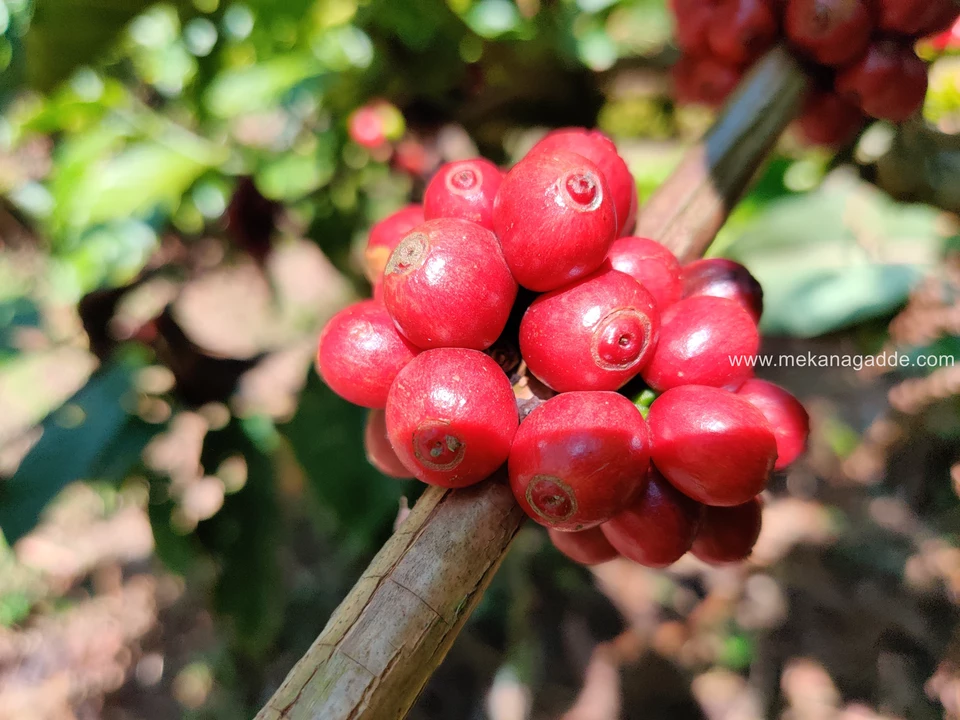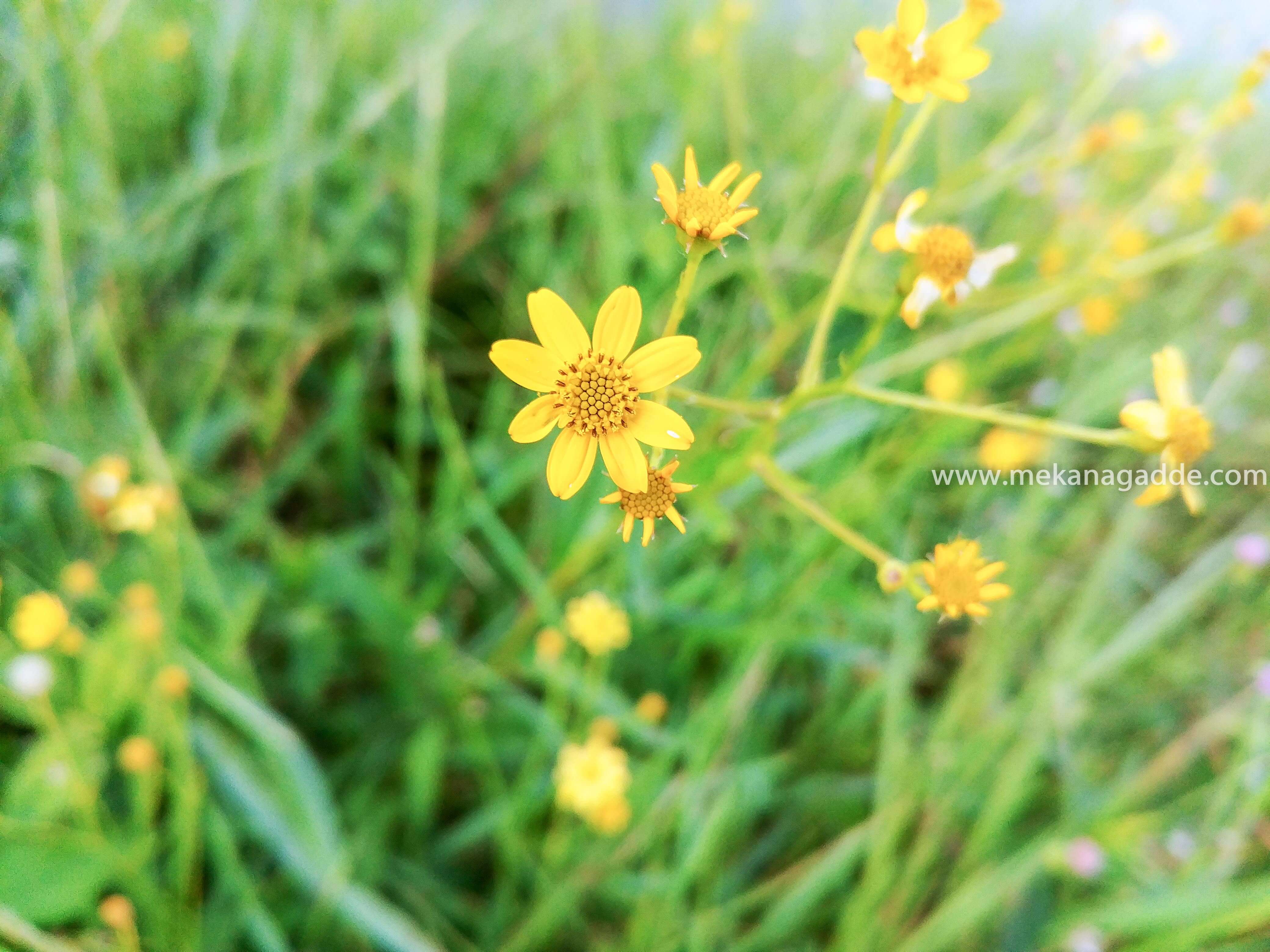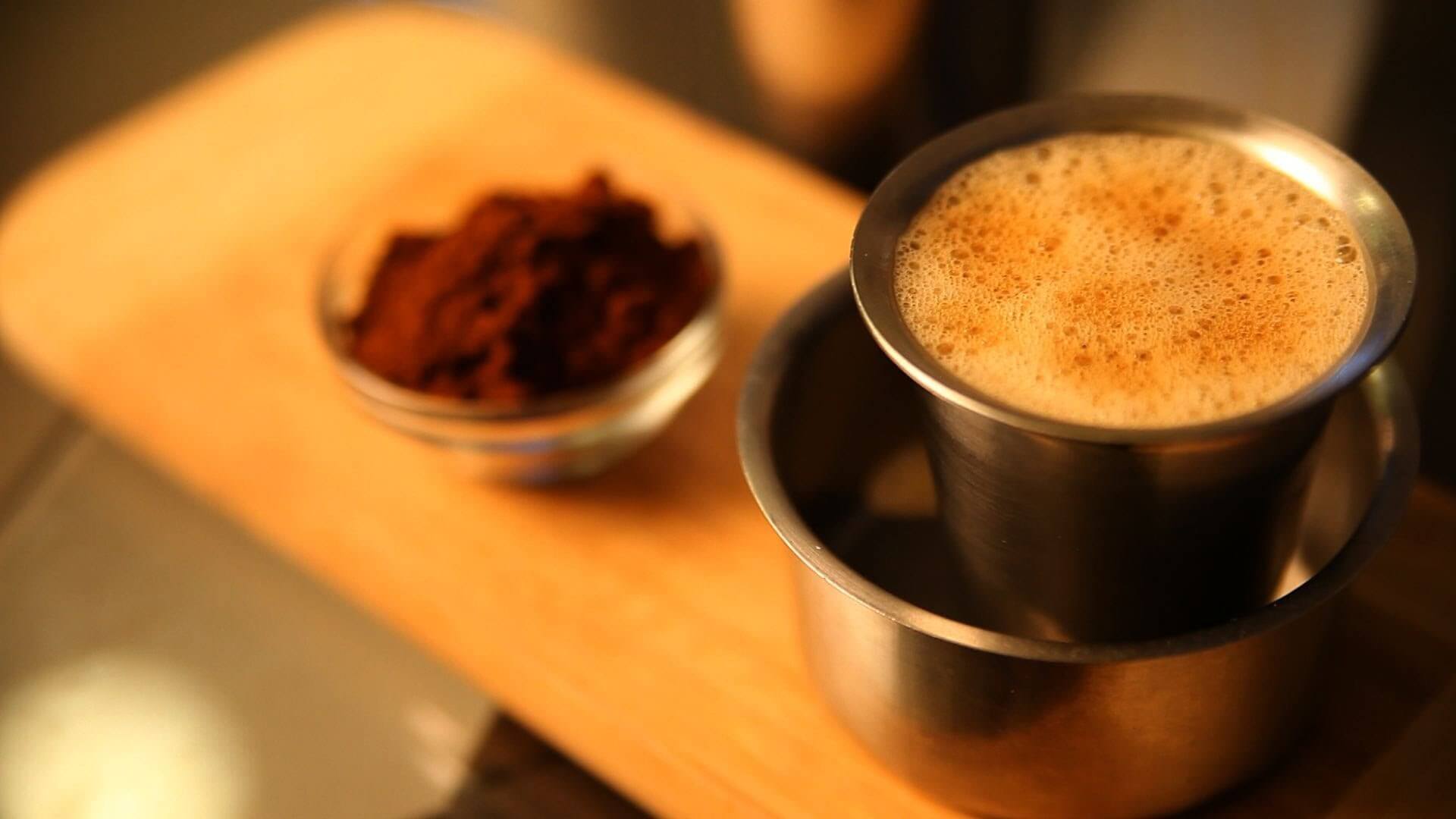The Western Ghats, commonly known as the Sahyadri Mountain range, spans Karnataka, Goa, Maharashtra, Gujarat, Kerala, and Tamil Nadu for 1,600 km (990 miles). It’s a UNESCO World Heritage Site and biodiversity hotspot.
The Western Ghats, also known as the Sahyadri Mountain range, is a mountain range that runs parallel to the western coast of the Indian peninsula for 1,600 kilometres (990 miles), Karnataka, Goa, Maharashtra, Gujarat, Kerala, and Tamil Nadu are among the states involved.It is a UNESCO World Heritage Site, as well as one of the world’s eight biodiversity hotspots. The Great Escarpment of India is another name for it. It is home to a considerable percentage of the country’s flora and fauna, many of which are peculiar to this area.UNESCO says the Western Ghats predate the Himalayas. By intercepting rain-laden monsoon winds that sweep in from the south-west during late summer, they impact Indian monsoon weather patterns. The range spans north to south along the western edge of the Deccan Plateau, separating it from the Arabian Sea’s short Konkan coastal plain. In 2012, 39 locations in the Western Ghats were classified as world heritage sites, comprising national parks, animal sanctuaries, and reserve forests — twenty in Kerala, ten in Karnataka, six in Tamil Nadu, and four in Maharashtra.
The range begins near the Tapti river and stretches 1,600 kilometres (990 miles) through Maharashtra, Karnataka, Goa, Kerala, and Tamil Nadu before ending at Marunthuvazh Malai on India’s southern edge. These hills cover 160,000 km2 (62,000 sq mi) and serve as the catchment area for India’s complicated riverine drainage systems, which drain about 40% of the country.The Western Ghats prevent southwest monsoon winds from reaching the Deccan Plateau. The average elevation is approximately 1,200 metres (3,900 ft).
The region is one of the top ten “hottest biodiversity hotspots” on the planet. There are 7,402 blooming plant species, 1,814 non-flowering plant species, 139 mammal species, 508 bird species, 227 reptile species, 179 amphibian species, 290 freshwater fish species, and 6,000 insect species on the island.The Western Ghats are likely to be home to many undiscovered species. At least 325 globally threatened species call the Western Ghats home.
Climate
Climate Agumbe, Hulikal, and Amagaon in Karnataka, Mahabaleshwar, and Tamhini in Maharashtra are commonly referred to be the “Cherrapunji of southwest India.” The wettest places in the Western Ghats are Kollur in the Udupi district, Kokkali and Nilkund in Sirsi, Samse in Mudigere in Karnataka, and Neriamangalam in the Ernakulam district of Kerala. Due to the lengthy continuation of the mountains without passes and gaps, heavy precipitation occurs in the surrounding areas. The average rainfall is affected by changes in wind direction and speed, thus the wettest places may vary. On average, Maharashtra and the northern section of Karnataka’s Western Ghats receive more rain than Kerala and the southern half of the Western Ghats.
The climate of the Western Ghats is affected by altitude and distance from the equator. In the lower parts, the climate is humid and tropical, tempered by the proximity to the sea. The climate is more temperate at elevations of 1,500 m (4,921 ft) and above in the north and 2,000 m (6,562 ft) and above in the south. The average yearly temperature is roughly 15 degrees Celsius (59 degrees Fahrenheit). Frost is widespread in some areas, as temperatures drop below freezing during the winter months. Temperatures range from 20 degrees Celsius (68 degrees Fahrenheit) in the south to 24 degrees Celsius (75 degrees Fahrenheit) in the north. The coldest times in the South Western Ghats have also been shown to coincide with the wettest.
Geology
The Deccan Plateau’s rugged faulted and eroded edge is known as the Western Ghats. They were formed during the break-up of the Gondwana supercontinent 150 million years ago, according to geologic evidence. [needs citation] After breaking away from Madagascar, the west coast of India formed roughly 100 to 80 million years ago, according to geophysical evidence. The western coast of India would have looked as an abrupt cliff rising 1,000 metres (3,300 feet) after the break-up. Basalt is the most common rock in the hills, with a thickness of 3 km (2 mi). Charnockites, granite gneiss, khondalites, leptynite, metamorphic gneisses with disconnected occurrences of crystalline limestone, iron ore, dolerites, and anorthosites are among the other rock types discovered. The southern highlands also have residual laterite and bauxite ores.
Etymology
Many Dravidian etymons explain the name Ghat, including Tamil gattu (hill and hill forest), Kannada gaati and ghatta (mountain range), Tulu gatta (hill or hillside), and Malayalam ghattam (mountainous way, riverside and hairpin bends).
Ghat, a term used in the Indian subcontinent, can refer to a range of stepped-hills such as the Eastern and Western Ghats; or a series of steps leading down to a body of water or wharf, such as bathing or cremation place along the banks of a river or pond, Ghats in Varanasi, Dhoby Ghaut, or Aapravasi Ghat, depending on the context. Ghat Roads are roads that travel through ghats.
Fauna
- Mammals
At least 139 mammal species have been identified. Thirteen of the 16 indigenous mammals are endangered. The tiger, leopard, lion-tailed macaque, Nilgiri tahr, Asian elephant, Nilgiri langur, and gaur are among the 32 vulnerable species. The indigenous species The Malabar large-spotted civet is thought to have a population of less than 250 adult individuals, with no sub-population larger than 50. Small carnivores found in the Western Ghats woods include the Nilgiri marten, brown palm civet, stripe-necked mongoose, Indian brown mongoose, small Indian civet, and leopard cat.
- Reptiles
The Western Ghats are home to at least 227 reptile species.
The Uropeltidae snake family’s main population is restricted to the area. The cane turtle Vijayachelys silvatica, lizards like Salea, Ristella, and Kaestlea, and snakes like Melanophidium, Plectrurus, Teretrurus, Platyplectrurus, Xylophis, and Rhabdops are among the endemic reptile genera and species found here. Endemism at the species level is substantially higher, and it is seen in almost all of the genera found here. Venomous snakes like the striped coral snake, Malabar pit viper, large-scaled pitviper, and horseshoe pitviper are among the mysterious indigenous reptiles. The mugger crocodile has a large population in the area.
- Amphibians
The amphibians of the Western Ghats are diverse and unusual, with more than 80% of the 179 species being native to the mountains’ rainforests. In 2003, the purple frog was discovered. This area is home to several endemic frog species from the genera Micrixalus, Indirana, and Nyctibatrachus. Toads like Pedostibes, Ghatophryne, and Xanthophryne, arboreal frogs like Ghatixalus, Mercurana, and Beddomixalus, and microhylids like Melanobatrachus are all endemic genera. In 2005, new frog species from the Western Ghats were published, and more recently, a monotypic Mysticellus species was discovered. Many caecilian species can also be found in the area. At every elevation of the Western Ghats, there are several amphibian species that have yet to be found.
Flora
Tropical rainforest is the most common forest type found here. Here you’ll find montane forests, tropical dry forests, and tropical moist forests. The Western Ghats have 7,402 flowering plant species, including 5,588 native or indigenous species and 376 exotics naturalised; 1,438 species are cultivated or planted as ornamentals. 2,253 indigenous species are endemic to India, with 1,273 of them restricted to the Western Ghats. Apart from the 593 verified subspecies and variants, there are also 66 species, 5 subspecies, and 14 varieties of uncertain occurrence, totaling 8,080 taxa of flowering plants. The palm tree Bentinckia condapanna and the flower Strobilanthes kunthiana are two indigenous plant species to the Western Ghats. Dipterocarpus bourdillonii and Phyllanthus anamalayanus, for example, are Critically Endangered plant species.
The specific epithet sahyadricus refers to the fact that Echinops sahyadricus is indigenous to the highlands.
Conclusion
The Western Ghats, commonly known as the Sahyadri Mountain range, spans Karnataka, Goa, Maharashtra, Gujarat, Kerala, and Tamil Nadu for 1,600 km (990 miles). It’s a UNESCO World Heritage Site and biodiversity hotspot. It’s also called India’s Great Escarpment. Many of the country’s flora and animals are unique to this location. UNESCO says the Western Ghats predate the Himalayas. They affect Indian monsoon weather by intercepting rain-laden monsoon winds in late summer. The mountain separates the Deccan Plateau from the Arabian Sea’s Konkan coastal plain. Twenty in Kerala, ten in Karnataka, six in Tamil Nadu, and four in Maharashtra were named world historic sites in 2012.
